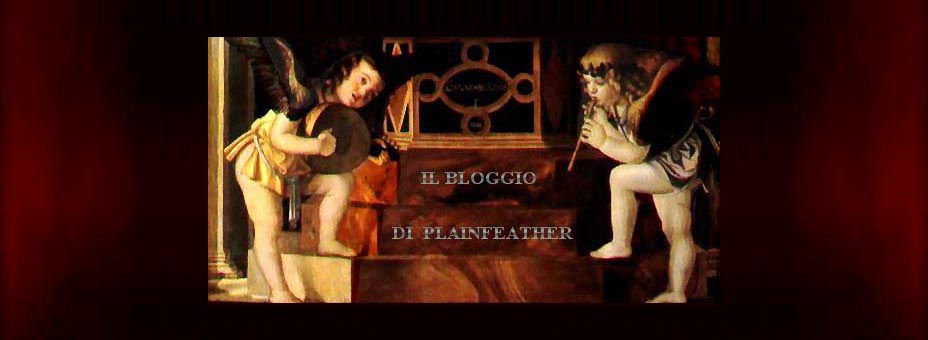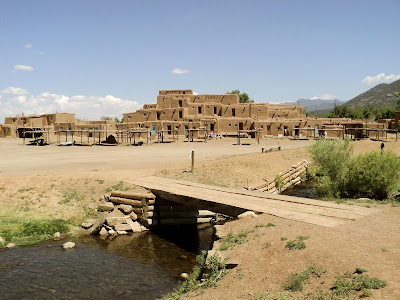It is possible to live long enough to see the meaning of
words change. A generation older than mine would not have associated the word
"gay" with a sexual minority. The word "obscene" formerly
referred to sexual misbehaviors: the charges of obscenity to which James Joyce
or Allen Ginsberg or Lenny Bruce were subjected and which were dismissed in subsequent
court trials now seem completely outdated. "Perversion" also seems to
have lost its conceptual applicability, perhaps because child abuse is the only sexual
misbehavior left that remains universally demonized by society.
Instead, "obscene" has become a kind of Schimpfwort, a term that denigrates a
wide variety of unacceptable behaviors that aren't sexual. One speaks of obscene profits made by
Wall Street firms, or of obscene lies made by politicians in the tradition of
Watergate. You don't see child abusers accused of obscenity: the term is
reserved for liars and thieves.
Either way, there is still a mysterious aura of odium
attached to "obscene" which persists through its semantic transformations.
I suggest it has something to do with the sensation that the word represents
something offensively twisted and grotesque, something in other words outside the natural order. Take for
example this well-known Fifties magazine advertisement:
There's hardly any reason to rail against sex in
advertising, which no doubt will endure as long as capitalism. But the only thing
that's really being projected in this ad are some dumb male adolescent
phantasies about women with oversized breasts, and one recalls also all those
8mm beaver movies projected on the Bell & Howell machine when the women
weren't around, a convenient subtext no doubt well-understood by the ad men.
Sabrina herself, whose principal claim to popular attention
was an hourglass figure consisting of huge breasts that wobbled like traffic
cones precipitously balanced on a tiny waist, was a physiological exception,
like Arnold Schwarzenegger in his youth, whose physical economy was famously described once by
Clive James as a "brown condom filled with walnuts."
Isn't it this combination of sexual phantasy and anatomical
disfigurement that makes Sabrina's Bell & Howell ad truly obscene?
 |
| Cuteness run amok. Photo: North Coast Curmedgeon |
The Doggie Diner figure on the other hand is a masterpiece
of what I would like to call ineffable obscenity. Try to define why it is so
repulsive, and you simply can't, and yet
"obscene" sounds exactly right.
It reminds you of the marginalia in medieval manuscripts
that depict grotesquely misshapen animals and fantasy creatures. A supreme example of monstrosity in advertising, the Doggie figure was a gargantuan coppery red cartoon filled with menace that lurked behind a leering grin, towering ubiquitously over the
distinctly un-medieval margins of Bay Area roadways. Perhaps its inherent
obscenity rested in its intention to frighten the customer into buying an
equally distasteful Doggie Diner hotdog.
+































